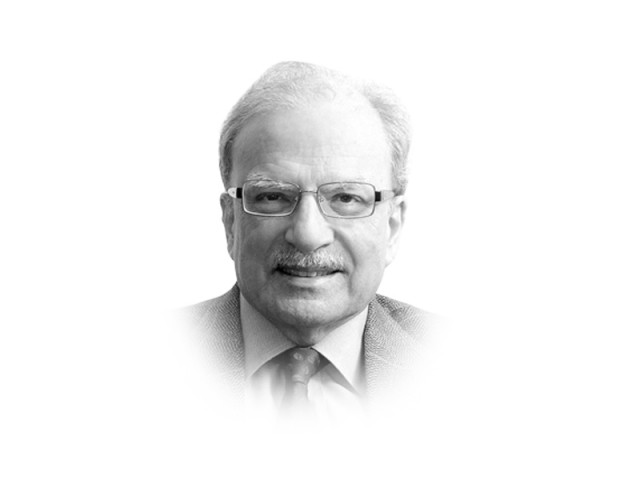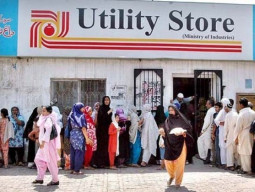
I will begin with population growth. According to the government, population in the 2010s is increasing at the rate of two per cent a year. With about 185 million in 2013, it is more than six times its size when what is called Pakistan today became an independent state. An increase from 30 million in 1947 to 185 million in 2013 implies a rate of growth of 2.8 per cent a year over this period. This did not remain steady all this time. At the time of its birth, Pakistan’s population was increasing at the rate of less than two per cent a year. The pace picked up in the 1950s and 1960s as it did in most of the developing world. The government — sometimes with the help of developing agencies such as the World Bank — was able to provide better health services. As a result, infant, child and maternal mortality rates declined and life expectancy increased. More children were born and fewer people died. In the early 2010s, infant mortality rate was 71 per 1,000 live births, and maternal mortality rate was 276 per 100,000 births and life expectancy was 67 years. This meant that over time, the population became younger. In 2013, the median age of the population was only 22 years, one of the lowest in the world. This means that of the 185 million people who possibly live in the country (this number, at best, is an informed guess since the country has not conducted a population census since 1998 mostly for political reasons), 92.5 million are below that age.
If working age is defined as between 15 and 65 years, Pakistan has about 120 million falling in this category. This group supports another 65 million non-working people (the very young, the very old and the infirm), which means that every non-working person has two people providing support. Pakistan, in other words, has a very low dependency ratio. Economists call this the ‘demographic window of opportunity’, which opens when there are more people working (or able to work) than those they need to support. In Pakistan’s case, this window opened a decade or so ago and will shut in about three decades. Most countries that grew rapidly in the past few decades, such as those in East Asia, made use of this opportunity. This is where public policy enters the picture. With good policies and with good governance, a rate of GDP growth of six to eight per cent a year is not beyond Pakistan’s reach.
Without appropriate policies, the economy will continue to grow at about half that rate. Growth rate is seldom less than the rate of increase in population. It is usually a bit more depending upon how much capital is being accumulated and how much technical change is occurring. Even in stagnant economies — which is what official numbers suggest Pakistan is today — capital continues to be added to the process of production and technological improvements continue to take place. The recent penetration of mobile telephony is one example of the latter. Another example is the rapid replacement of bicycles with motorcycles in most parts of the country. This is speeding up the pace at which transactions take place. Even with poor economic management, the rate of growth will be a percentage point or two above the rate of increase in population. In the current situation, in other words, the economy will inevitably increase at the rate of three to four per cent a year, which is what it has done since the arrival of democracy in the country.
Some Pakistan-based economists believe that these low numbers don’t tell the story of the recent development in Pakistan. There is no doubt that the state of the economy and its performance over time should be analysed on the basis of data, but for Pakistan, statistics on many aspects of economic change are either not available or are seriously out of date. As the newspaper columnist, David Brooks, wrote in a February 2013 article, “if you ask me to describe the philosophy of the day, I’d say it is data-ism. We now have the ability to gather huge amounts of data. This ability seems to carry with it certain assumptions that everything that can be measured should be measured; data is transparent and filters out emotionalism and ideology; that data will help us to do remarkable things like tell the future.” Unfortunately, that is not the case for Pakistan.
Published in The Express Tribune, February 11th, 2013.













COMMENTS
Comments are moderated and generally will be posted if they are on-topic and not abusive.
For more information, please see our Comments FAQ